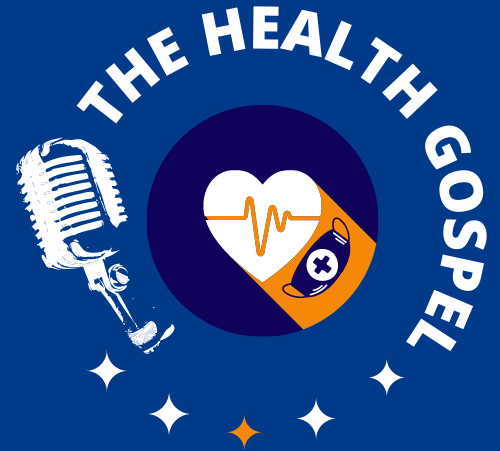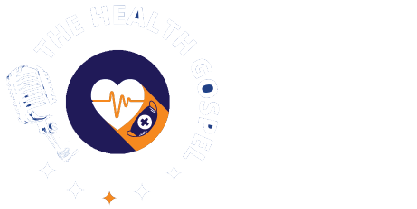
HYPERTENSION
Over 40 percent of the adult population has high blood pressure! This means 4 in 10 persons. That’s how common it is.
Systemic hypertension is a non-communicable disease in which the blood pressure is persistently higher than the normal range for the age group.
What is blood pressure?
Blood pressure (BP) is the pressure exerted on blood vessels by the force of blood flow through them. It is measured in the unit millimeter mercury (mmHg). It normally fluctuates all through the day and readings are affected by your state of mind such as anxiety, excitement, or rest. However, it should remain within a normal range during these fluctuations.
High blood pressure versus hypertension
Although used interchangeably, they do not connote exactly the same meanings. You could have a high blood pressure reading (slightly higher than normal) but that doesn’t mean you have hypertension.
Anxiety, agitation, pain, and/or illness can make your blood pressure go up.
Hypertension is when your blood pressure is PERSISTENTLY higher than what is considered normal for your age. This means that if your BP is slightly elevated, that single reading is not sufficient to make the diagnosis of hypertension. Your BP has to be measured on different days and if higher than normal on both days, then the diagnosis may be made.
How to measure BP
Blood pressure is measured with a medical device called a blood pressure machine (sphygmomanometer).
You should be seated and relaxed with your sleeves rolled up before the BP cuff is tied around your upper arm. The sphygmomanometer should be on the same level as your heart before you take the measurement.
You can measure it yourself at home using a digital sphygmomanometer or get a health worker to do it for you at a health centre. You can use either a digital battery-powered machine or a manual mercury sphygmomanometer. Either of these appropriately applied will give an accurate measurement.
Blood pressure readings are two numbers representing 2 different phases of the cardiac cycle (blood circulation through the heart to and from the body). These numbers, though separated by a slash when written down, are not a fraction.
The first number (numerator) is called systolic blood pressure and measures the pressure in the blood vessel when your heart squeezes to pump blood. It is higher than the diastolic BP.
The diastolic BP is the pressure when your heart relaxes to allow its chambers to fill up with blood. It is the denominator or the second number.
Both systolic and diastolic blood pressure are equally important measurements.
Hypertension definition
hypertension is defined as systolic blood pressure (SBP) value of 130mmHg or more and/or
diastolic blood pressure (DBP) of more than 80 mmHg. All guidelines recommend treatment
for BP persistently at or above 140mmHg (systolic) and) or diastolic of more than 90mmHg.The target of treatment is to maintain a BP of below 130/80.
What causes high blood pressure (hypertension)
High blood pressure is more common in adults, but may be seen in children, adolescents, and young adults who have renal or hormonal disorders.
The causes of hypertension in adults include:
- Age
- Family history of hypertension
- Co-existing diseases such as diabetes mellitus.
- Excessive alcohol consumption (more than 1-2 drinks per day)
- Tobacco smoking
- Obesity
- Physical inactivity
- High salt intake (more than 5g or a teaspoon in all meals, drinks, and snacks taken
per day) - Low intake of vegetables and fruits
- Excessive intake of saturated fats.
In addition, certain drugs and disease conditions can cause hypertension in adults. In this case, hypertension can be cured by treating and curing the underlying disease or withdrawing the offending medication.
- Drugs such as steroids- both oral and those applied to the skin- when used in high
doses for a long time can cause hypertension. - Kidney diseases such as polycystic kidney disease, renal artery stenosis and
glomerulonephritis. - Diseases of the adrenal glands such as pheochromocytoma.
- Diseases of the thyroid glands such as hyperthyroidism can also cause high blood
pressure in adults.
Types of hypertension
Hypertension may be primary or secondary to disorders of the endocrine glands or kidneys.
Essential or primary hypertension is the most common type as up to 95 percent of hypertensive people have essential hypertension. This has no known cause but genetic, environmental and lifestyle factors have been implicated.
Secondary hypertension is more common in children and young adults but may also be seen in older adults. A child, teenager, or adult less than 30 years is more likely to have secondary hypertension than essential hypertension. Hence, tests to find the cause and treat them are more important than treatment with antihypertensive drugs.
High blood pressure can be induced by pregnancy. Pregnancy-induced hypertension is when blood pressure that was normal before pregnancy starts to become persistently higher than normal from the 4th month of pregnancy. This requires treatment to avoid harm to the baby and mother. The BP often returns to normal weeks after the delivery of the baby.
The next article in this series will discuss how hypertension feels, and how the treatment of
hypertension works.




